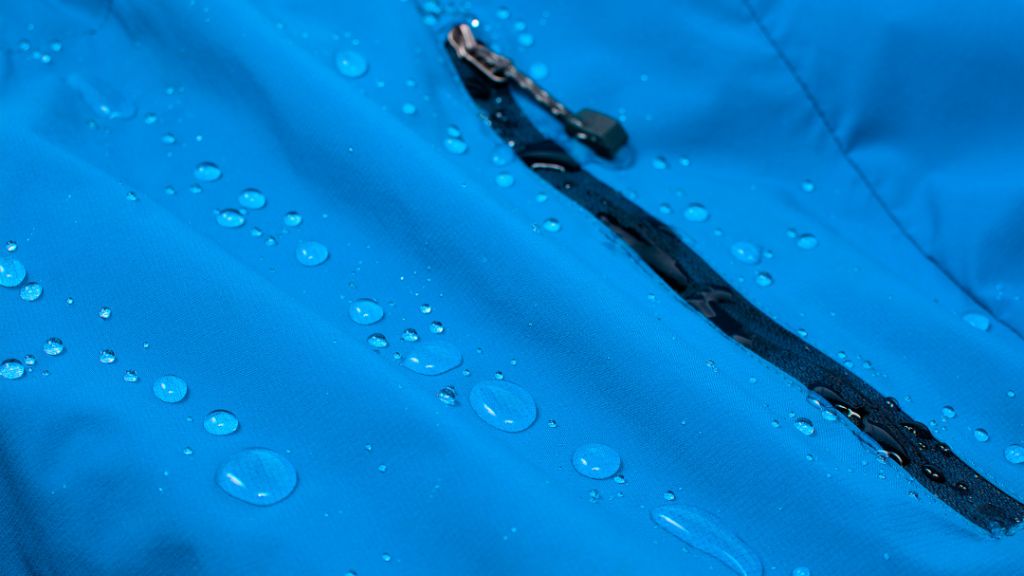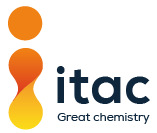The surface tension of a coating is a fundamental property that describes how the molecules or particles at a coating’s surface interact with each other. It is typically measured in dynes per centimeter (dyn/cm) or millinewtons per meter (mN/m) where higher surface tension values indicate stronger cohesive forces at the surface. In the context of liquid coatings, this determines how the coating behaves when applied to a substrate with characteristics such as wetting, adhesion, film thickness, and the overall quality. Coating manufacturers must carefully consider the factors and control parameters that influence the performance characteristics, properties and appearance that their products provide. Let’s delve in to some of these key considerations and control parameters below.
Key considerations for surface tension in coatings
Wetting: Surface tension affects the ability of a liquid coating to spread and wet a substrate’s surface. The lower the surface tension, the better a coating can wet and adhere to the substrate. Achieving good wetting is essential for coatings to form a smooth and uniform layer without irregularities such as pinholes, bubbles, beads or droplets.
Substrate selection: Different substrates have varying surface energies, which can influence how well a coating wets and adheres to them. Coatings with surface tensions that match or are slightly lower than the substrate’s surface energy tend to adhere better. Therefore, surface tension and energy matching can be essential for achieving good adhesion.
Drying and curing: Surface tension can also impact how quickly a coating dries or cures. Higher surface tension may lead to slower drying times.

Coating thickness: Surface tension can also affect the thickness of the coating film. A coating with higher surface tension tends to form thicker films, while lower surface tension coatings may yield thinner films. For spray coatings, those with a lower surface tension are typically easier to spray in a uniform manner.
Durability and performance: The surface tension of a coating can influence its long-term performance. Proper wetting and adhesion are crucial for a coating to resist environmental stresses like moisture, chemicals, and physical abrasion.
Overall finish: Surface tension can impact the final appearance of a coating, affecting factors like gloss and smoothness. Therefore, controlling surface tension is crucial for achieving the desired finish.
Control parameters for surface tension in coatings
Modifying the surface tension of a coating is a common practice for ensuring successful coating processes and achieving the desired performance on different substrates. Experimentation and testing are often necessary to fine-tune the coating for a particular application with careful consideration of the coating formulation, substrate properties, and application conditions. Let’s touch on some of the methods available to coating specialists for modifying, testing and controlling surface tension.
Selection of Formulation Components:
- Surfactants: Surfactants are chemicals that can lower the surface tension of a coating. They contain hydrophilic (water-attracting) and hydrophobic (water-repellent) groups that can reduce the cohesive forces between coating molecules at the surface, allowing the coating to spread more easily. Surfactants are commonly used to improve wetting and adhesion on various substrates.
- Solvents: Choice of solvent can significantly impact surface tension. Different solvents have different surface tension values. By selecting solvents with appropriate surface tension characteristics, you can tailor the coating to the substrate. For example, using solvents with lower surface tension can help the coating spread better on low-surface-energy substrates.
- Resins and polymers: Some resins and polymers have high surface energy and tend to increase the surface tension of the coating. Others have low surface energy and tend to reduce the surface tension, which can improve the coating’s ability to spread and adhere to low-surface-energy substrates. The molecular weight and chain length of the resin or polymer can also influence surface tension.
Blending and dilution:
- Mixing ratios: Controlling the mixing ratio of the various components in a formulation is a fundamental and versatile method used by coating manufacturers to tailor the coating’s surface tension to meet the specific requirements of different applications and substrates. This might include the solvent, resin and polymer ratio, and quantity of additives.
- Dilution: The solvents selected for dilution should be compatible with the existing coating formulation. Compatibility issues can lead to problems like phase separation, precipitation, or changes in the coating’s physical and chemical properties. It’s important to choose solvents that are chemically compatible with the resins and additives in the coating.

Temperature control:
- Surface tension is temperature-dependent, with most coatings having lower surface tension at higher temperatures. This is due to the fact that at higher temperatures, the kinetic energy of a coating’s molecules increases, leading to weaker intermolecular forces at the surface. It is essential to carefully monitor and control the temperature within an acceptable range as excessive heating can lead to issues, such as evaporation of volatile components, changes in the coating’s curing or drying characteristics, and potential safety hazards.
Experimental testing:
- Conducting small-scale experiments by formulating and testing coatings on sample substrates can help determine the optimal combination of components and concentrations to achieve the desired surface tension.
Use of additives:
- Specific additives, such as flow and levelling agents, can be included in the formulation to influence surface tension. These additives can help improve the wetting and spreading characteristics of the coating.
Application techniques:
- The method of applying the coating can also influence its surface tension. Techniques like spray coating, brush application, or roll coating can affect how the coating interacts with the substrate.
Testing and verification:
- It is crucial to perform tests and trials to determine the optimal surface tension for a specific coating-substrate combination. This can involve using surface tension measurement equipment to assess the coating’s behaviour on different substrates and adjusting the formulation accordingly.
To conclude…
The goal of achieving the right surface tension is to ensure that the coating wets and adheres well to the substrate while also providing other necessary properties such as durability and chemical resistance. This requires a balance between various formulation factors, including surface tension modification, to achieve the desired coating performance. This is where ITAC can help. By selecting the right formulation components and strategies, and through careful experimentation and testing, our experts can achieve the desired coating surface tension for optimal application and end use performance.
Enquiries can be made by emailing your details to info@itac.uk.com or by calling 01204 573736. Alternatively, complete a short contact form with details of your application requirements or simply request a call back. We look forward to supporting your coating application needs.






